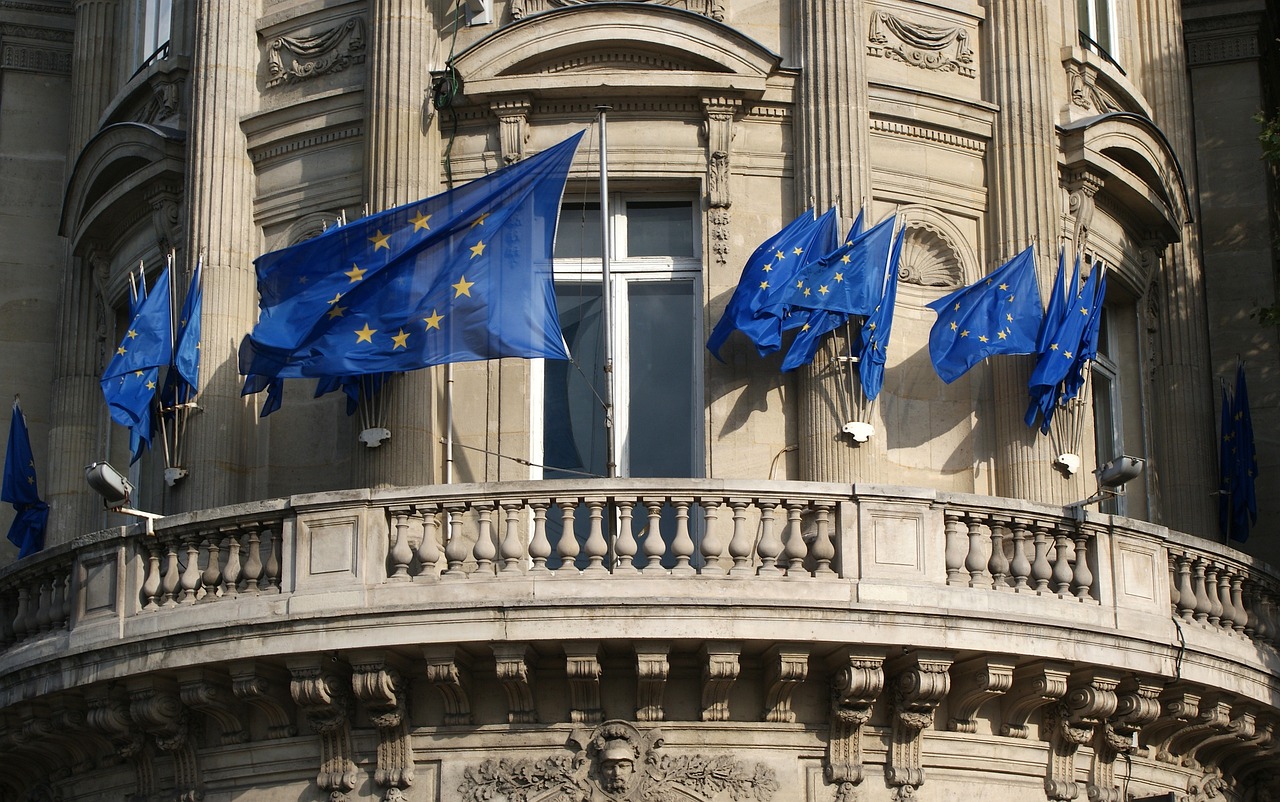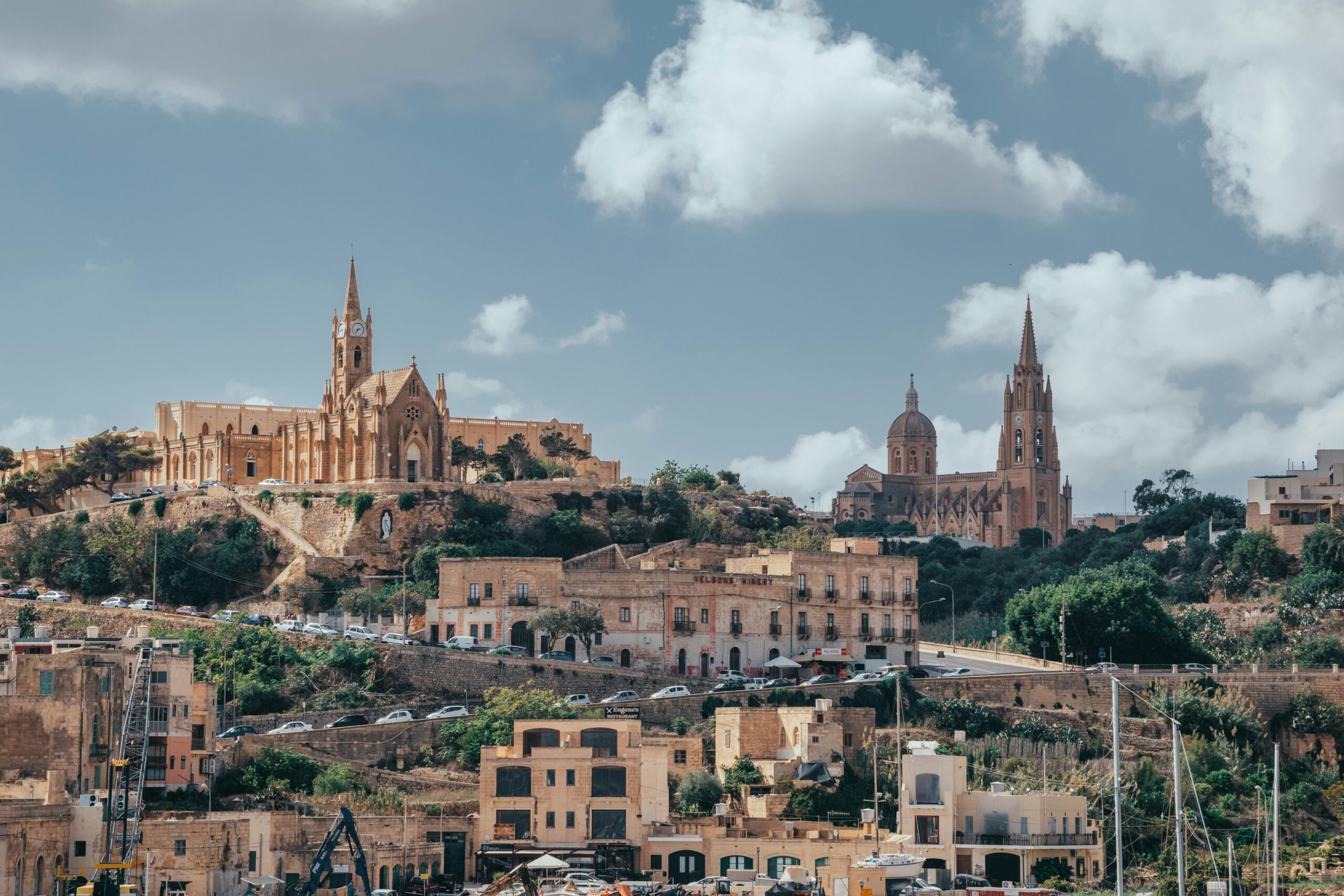It has already been five years since the last time the Maltese voting public was asked to choose its representatives in the European Union.
During this cycle, the European Union (EU) was hit by some of its most challenging times since its inception in 1951. With wars looming on its doorstep, COVID-19, Brexit, and, as a result of these factors, economic difficulties.
Despite the ongoing challenges, the European Parliament between 2019 and 2024 largely proceeded with its wide-ranging agenda, while Maltese MEPs made headway with their policy areas. A historic achievement for Malta’s political history, Roberta Metsola became the first Maltese President of the EP, and the third ever female President.
Now that the next election is less than two months away, on 8th June 2024, here’s all you need to know about the vote, how it works and who’s who.
25th May 2019
The most recent MEP election was held on 25th May 2019. With six seats allotted to Malta, these were won by Miriam Dalli, Alfred Sant, Alex Agius Saliba and Josianne Cutajar from the Labour party and Roberta Metsola and David Casa from the Nationalist party. Miriam Dalli would eventually be appointed to Malta’s Cabinet, and replaced in the MEP by Cyrus Engerer.
Overall, the Labour party won by a majority of 42,656 votes. Miriam Dalli garnered the most votes for her party at 63,438 votes, while Roberta Metsola won the most votes in her party at 38,206. Both MEPs were elected instantly at first count.
Who’s vying for your vote in the upcoming election?
The official candidates list is yet to be published, while MEP hopefuls will be asked to register between 25th and 29th April. A list of candidates will be published on the site of the Electoral Commission.
Despite so, many politicians have already announced their candidacy. So far:
The Nationalist Party’s candidates are:
- Roberta Metsola
- David Casa
- David Agius
- Peter Agius
- Miriana Calleja Testaferrata De Noto
- Lee Bugeja Bartolo
- Norma Camilleri
- Louise Ann Pulis
The Labour Party Candidates are:
- Alex Agius Saliba
- Clint Azzopardi Flores
- Steve Ellul
- Daniel Attard
- Jesmond Bonello
- Jesmond Marshall
- Maria Sara Vella Gafà
- Claudette Abela Baldacchino
- Thomas Bajada
The ADPD candidates are:
- Sandra Gauci
- Ralph Cassar
- Rachelle Deguara
- Mina Jack Tolu
The candidates for Imperium Europa are:
- Terrence Portelli
- Norman Lowell
The candidates for ABBA are:
- Tania Grech Fiorini
- Ivan Grech Mintoff
Volt Malta’s candidate:
- Matthias Iannis Portelli
Independent candidates are:
- Arnold Cassola
- Nazzareno Bonnici
- James Ryder
- Edwin Vassallo
With around two weeks left, candidates are still able to announce their candidacy, should they wish to do so.
From the current crop of local MEPs, former Prime Minister Alfred Sant and Josianne Cutajar announced that they will not return to Brussels.
On the other hand, Cyrus Engerer has not made any official announcements yet.
Former Prime Minister Joseph Muscat, who brings with him a truck-load of baggage, has toyed with the idea of making a comeback to politics, but has not made a final decision yet.
The single transferrable vote system
Malta uses the single transferrable vote system for its elections, be it the local council (which will also be happening this year), the general and the MEP election.
Through this system, voters choose their preferences in order of choice and can vote for as many or as little as they wish. The preferred candidate is given the number one preference and the rest follows.
For a candidate to be elected, they are expected to meet a quota. Once met and exceeded, the candidate is elected, and the following votes are then transferred to other candidates according to the next preferences expressed by voters (the number two on the ballot sheet).
Once surplus votes have been allocated and there are remaining seats to be filled, candidates with the lowest votes are eliminated and their votes are redistributed based on the voters’ subsequent preferences.
This secondary process continues until all seats are filled.
But who can vote? In 2018, Malta became the second European country to grant 16 and 17-year-olds the right to vote. Prior to the change, only legal adults over the age of 18 could vote.
Both parties within the local Parliament agreed on making the teens’ voices heard.
Turkey on top but ribeye gains ground: Butchers explain what’s on Malta’s festive tables
BusinessNow.mt speaks to four local butchers to see what the Maltese are cooking up in their homes
Gozo’s business confidence reaches new highs, survey finds
The latest GBS survey shows stronger activity, rising investment plans and resilient hiring
Malta forecast to enter world’s 15 richest countries per capita
Malta is projected to overtake the UK, Germany, Austria, Canada and Sweden in terms of GDP per capita






